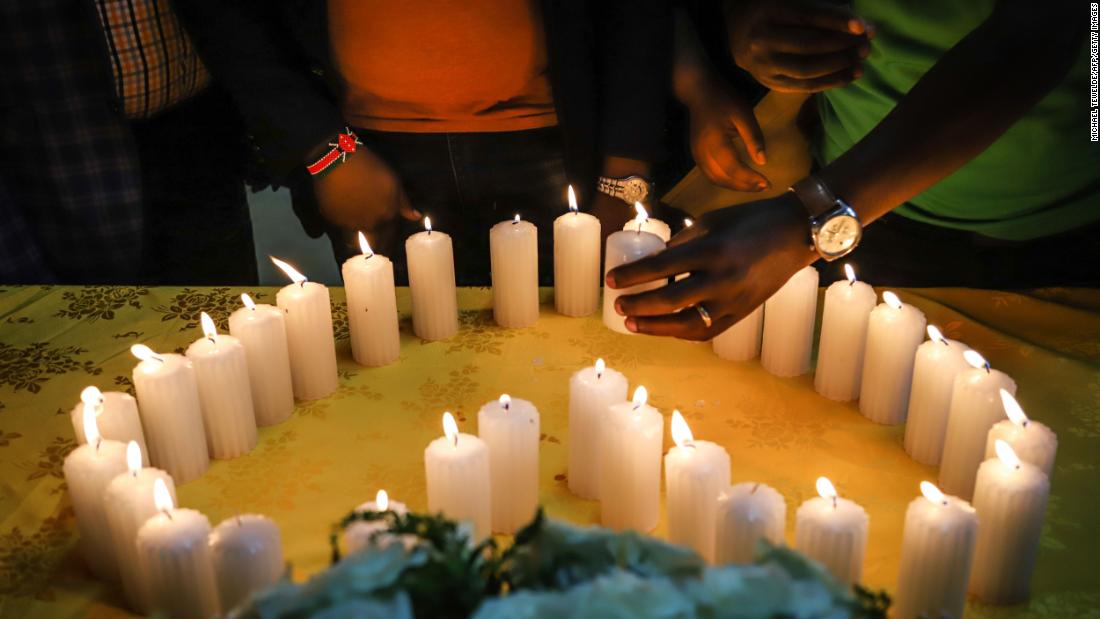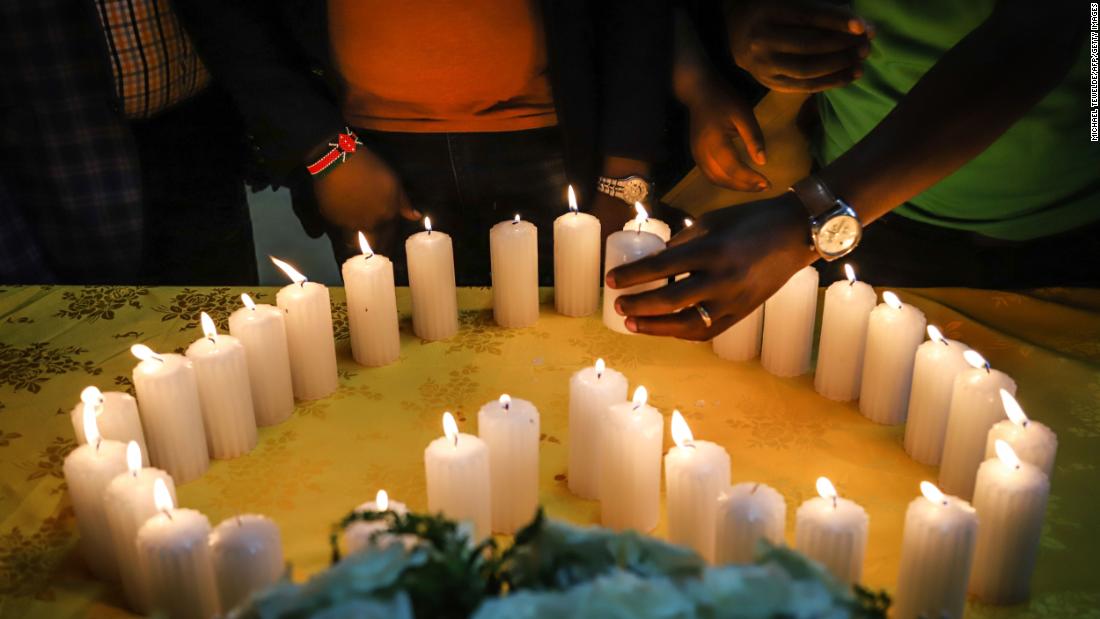
What we learned from Ethiopian aviation officials about Flight 302

(CNN)The pilots of Ethiopian Airlines Flight 302 did everything they were trained to do, but it still wasn’t enough to regain control of the 737 Max 8 before it smashed into the ground near Addis Ababa’s airport, killing 157.
Last month’s disaster — along with another crash of the same type of jet in October killing 189 — was enough to ground the world’s entire service fleet of 737 Maxes and call the aircraft’s safety into question.
Here’s what we learned from Thursday’s news conference:
Software may have played a role in the crash
The automated anti-stall software called the Maneuvering Characteristics Augmentation System (MCAS) is under suspicion.
Its function is to keep the 737 Max’s nose from pointing up at too much of an angle — the so-called “angle of attack,” referred to in the aviation industry. A dangerously high angle of attack (AOA) would cause a plane to stall and possibly crash.
The Max models are the only planes in the 737 series to use MCAS, and the system is suspected of contributing to the October crash in Indonesia of Lion Air Flight 610.
On Thursday, Ethiopian Transportation Minister Dagmawit Moge said Flight 302 experienced “repetitive uncommanded aircraft nose-down conditions” before it crashed.
The description is similar to what has been reported about the Lion Air crash, although the minister did not refer specifically to that disaster. She also didn’t specify what caused the plane to veer downward.
Without mentioning the word “MCAS,” Moges said investigators are recommending that Boeing review the “the aircraft flight control system related to the flight controllability,” and that regulators ensure fixes are “adequately addressed” before returning the 737 Max fleet to service.
Boeing says it is currently developing a new version of MCAS. It’s expected to be weeks away from approval by US aviation regulators.
Was there a problem with the sensor?
Regarding the possibility of a faulty sensor feeding bad data to MCAS, a top Ethiopian accident investigator said Thursday they haven’t found any damage to the aircraft’s sensors that could have contributed to the crash.
“We can confirm that we haven’t found any foreign object damage,” Amdeye Ayalew, Ethiopian Accident Information Bureau investigation chairman, told reporters, speaking through a translator. The AOA sensor during take off was functioning normally, he said. But after take off it was feeding erroneous data.
Back in October on the day before the Lion Air crash, a faulty AOA sensor was replaced on the same jet that went down, Indonesian authorities said. The plane then made another flight to Jakarta that same day, and the pilots reported further problems.
The improved MCAS system will be fed by data from two AOA sensors on the jet’s exterior — instead of one, Boeing says. The MCAS systems aboard both crashed Max 8s were fed by only one AOA sensor. The idea is to provide an additional layer of redundancy. MCAS improvements will also include a cockpit indicator to alert pilots when something may be wrong with the sensors.
MCAS training didn’t appear to help prevent the crash
Ethiopian Airlines said Thursday in a statement that the pilots “followed the Boeing recommended and FAA approved emergency procedures to handle the most difficult emergency situation created on the airplane. … it was very unfortunate that they could not recover the airplane from the persistence of nose diving.” The airline statement also failed to specifically mention MCAS by name.
This goes to questions about the amount of training needed to fly the jet safely.
The airline’s CEO told CNN’s Richard Quest last month that the pilots of Flight 302 used a flight simulator to learn how to fly the Boeing 737 Max. But that simulator didn’t replicate MCAS.
CEO Tewolde GebreMariam said pilots transitioning to the Boeing 737 Max 8 aircraft from older 737 models were required only to undertake a short computer-based training program prescribed by Boeing and approved by the FAA.
Max 8 pilots for Southwest Airlines and American Airlines took courses lasting between 56 minutes and three hours.
Following the Lion Air crash, the FAA issued an emergency directive offering guidance on how pilots should disengage autopilot systems when the plane experiences “uncommanded nose down stabilizer trim.”
Overall, Ethiopian aviation authorities are making it clear that pilot error does not appear to be an issue in the crash and the pressure is now on Boeing to ensure the 737 Max is safe.


Leave a Reply